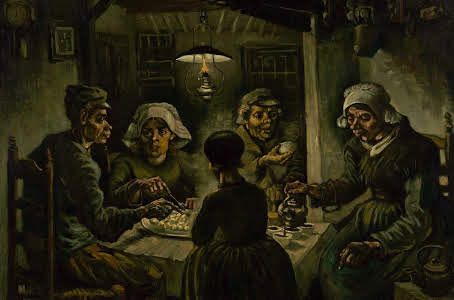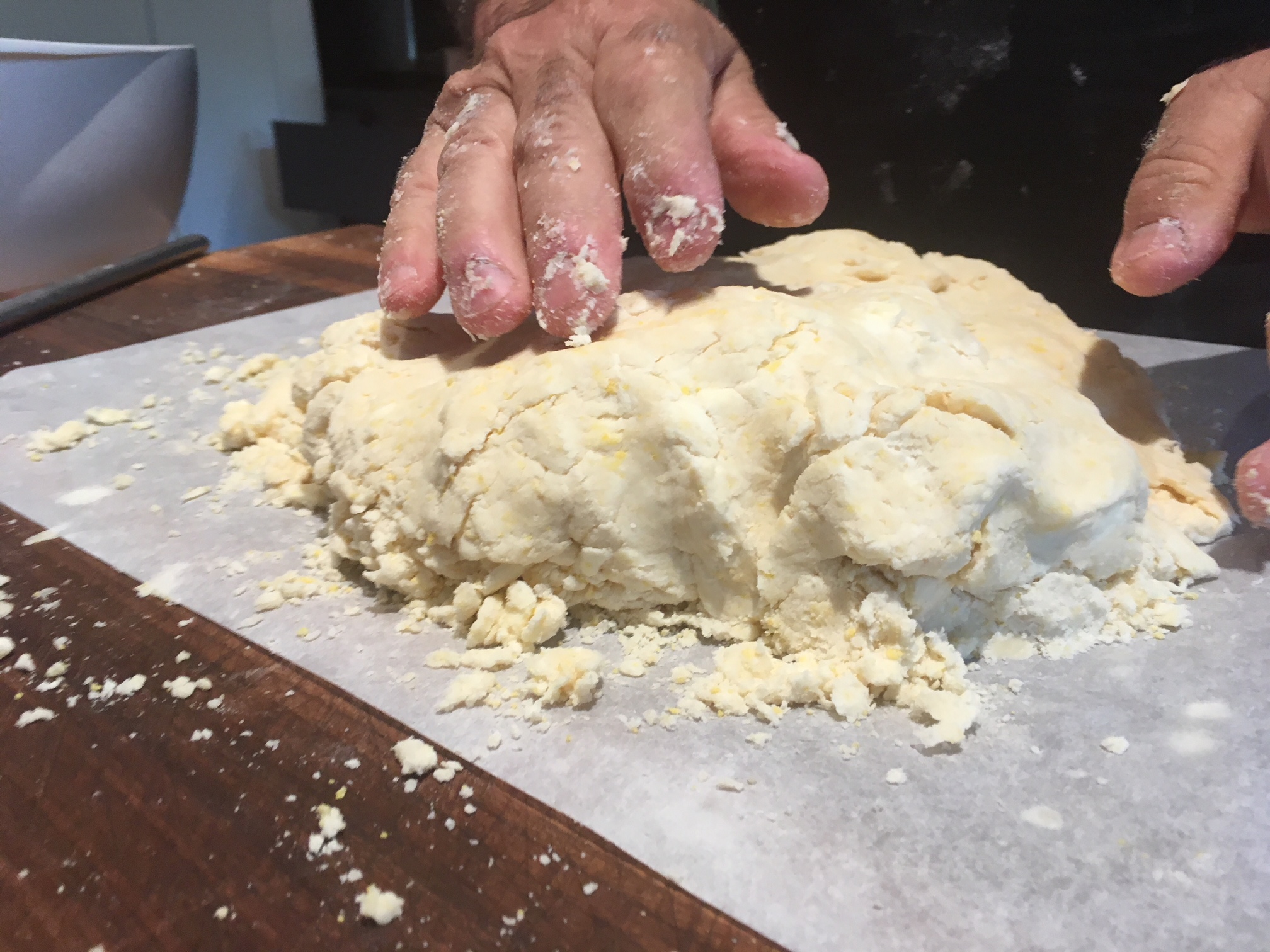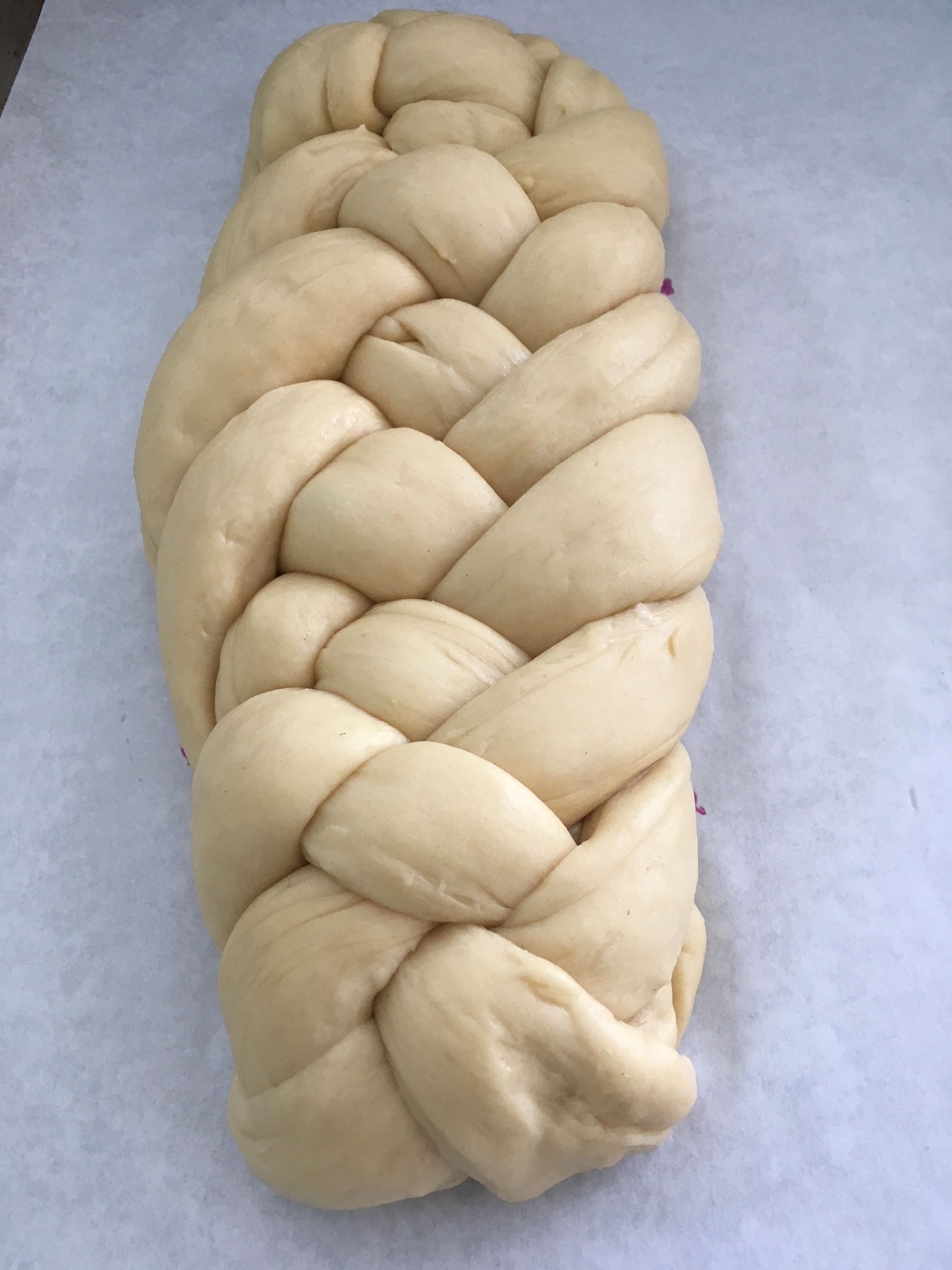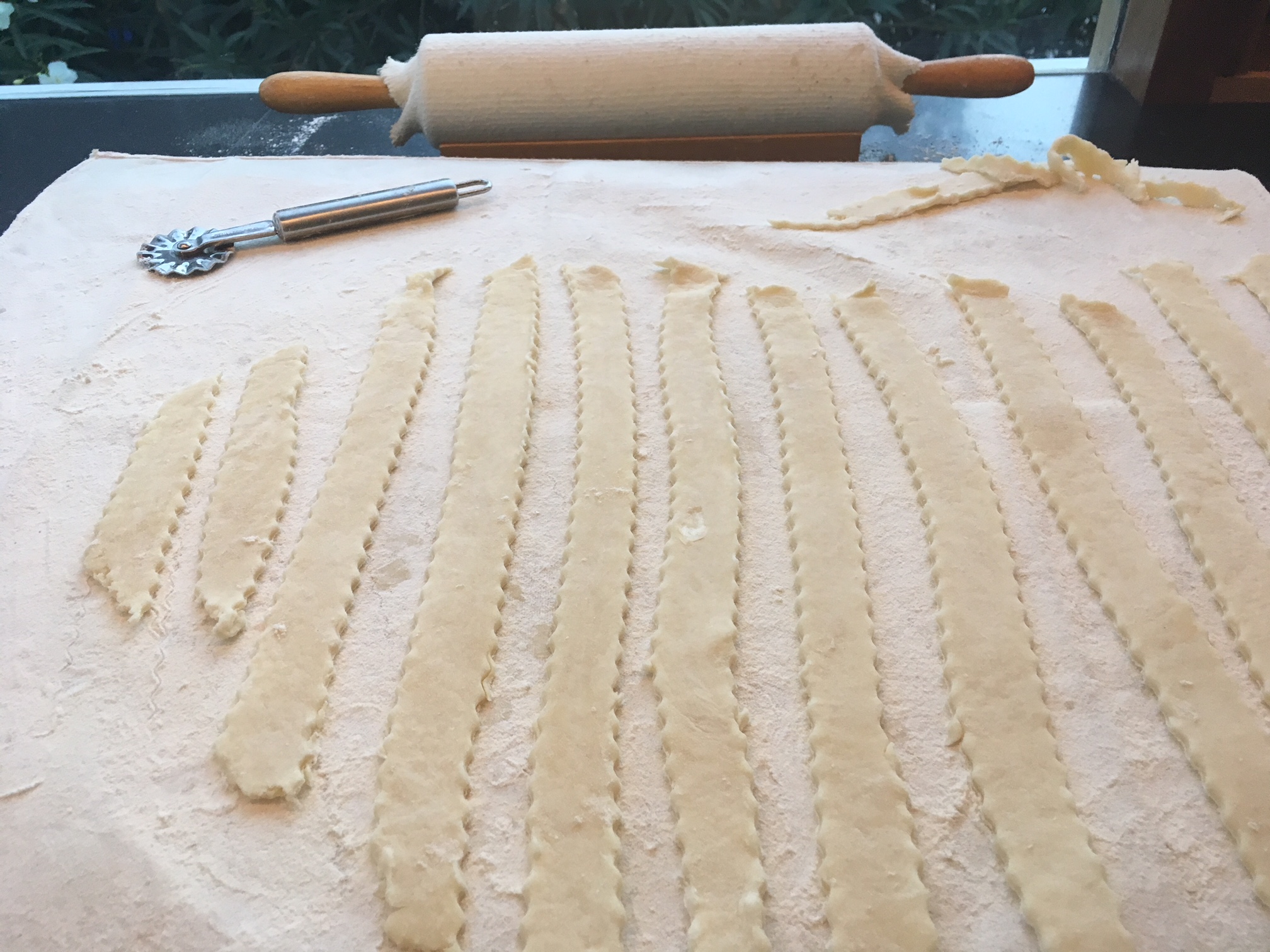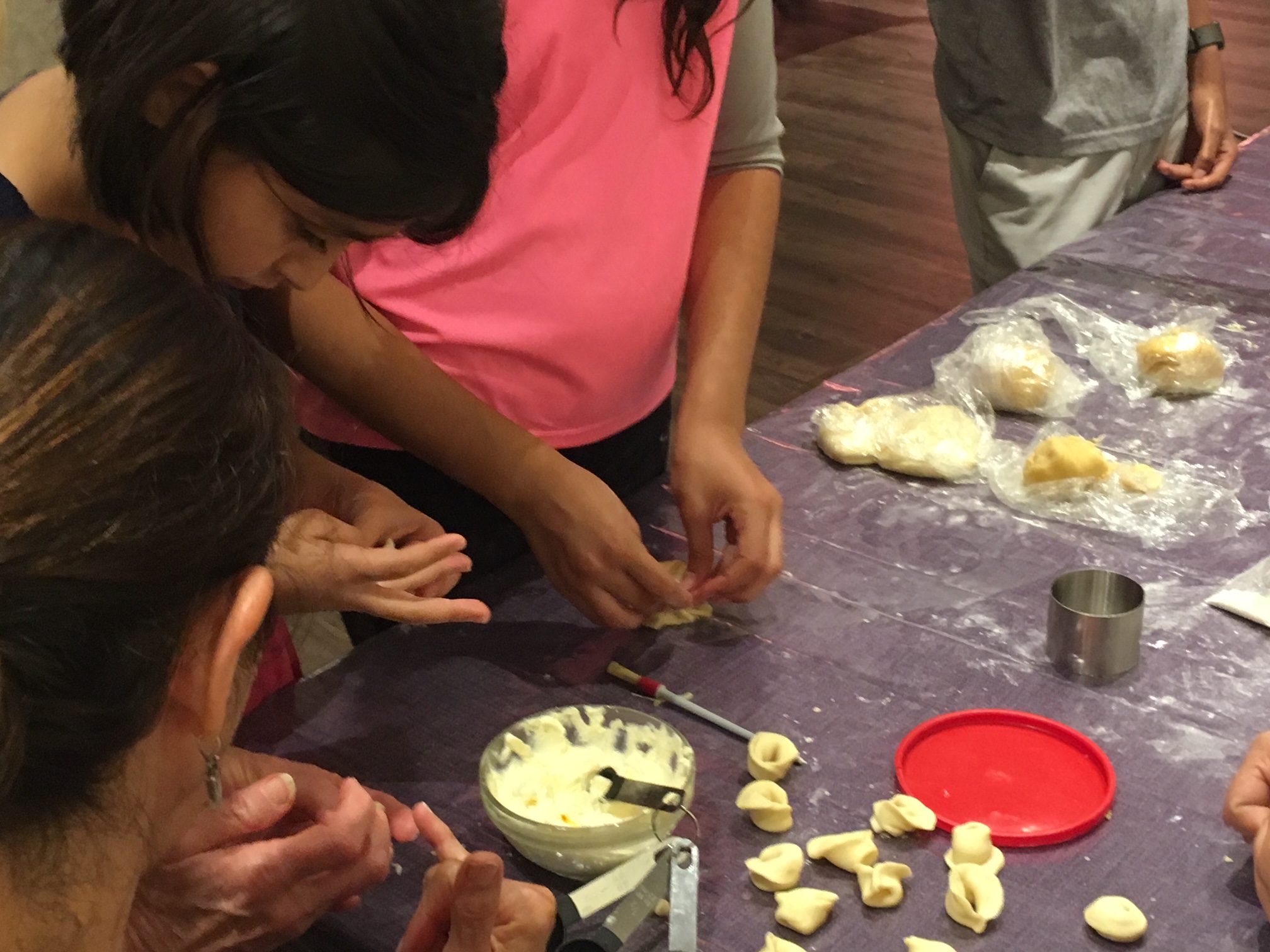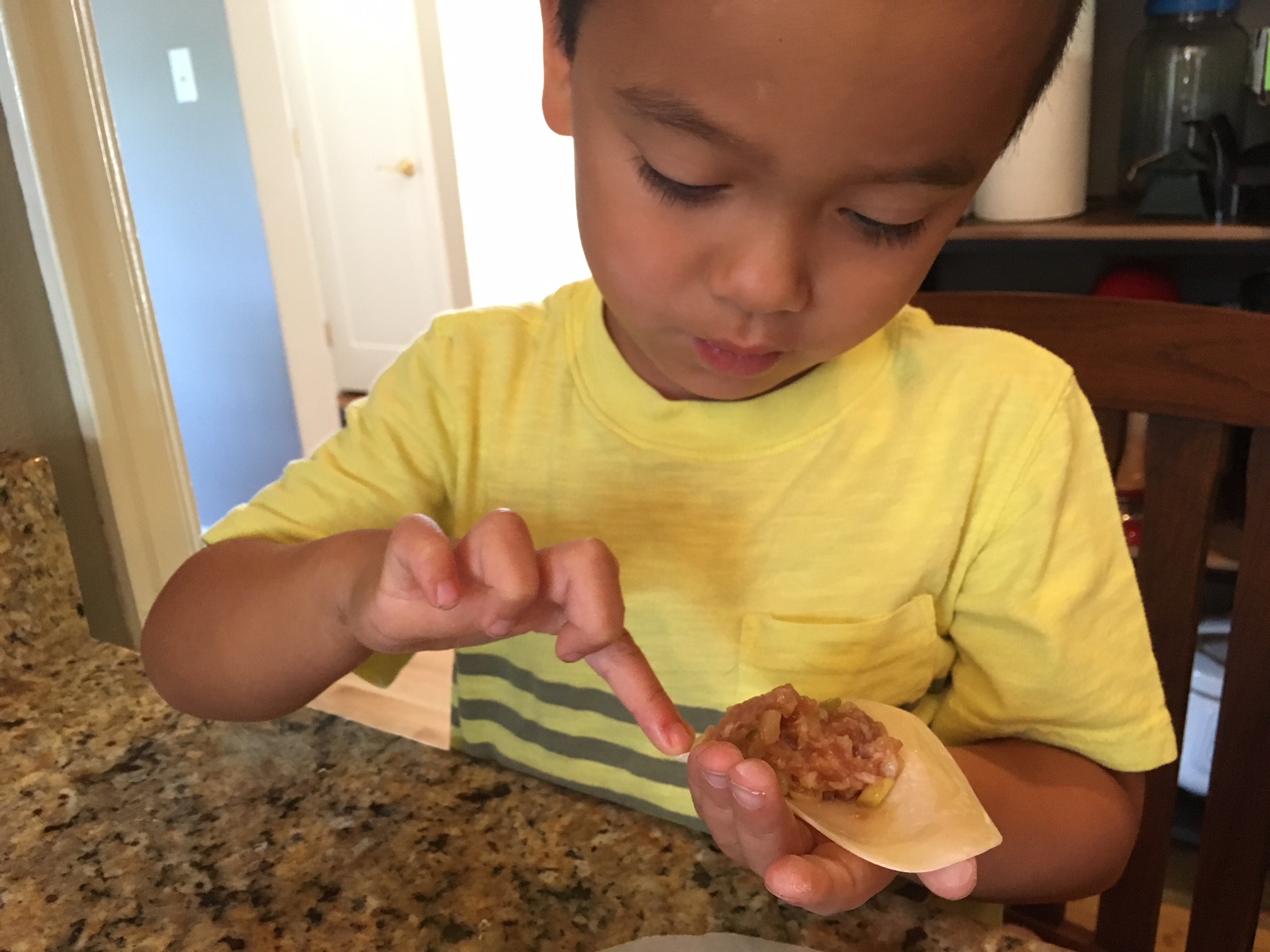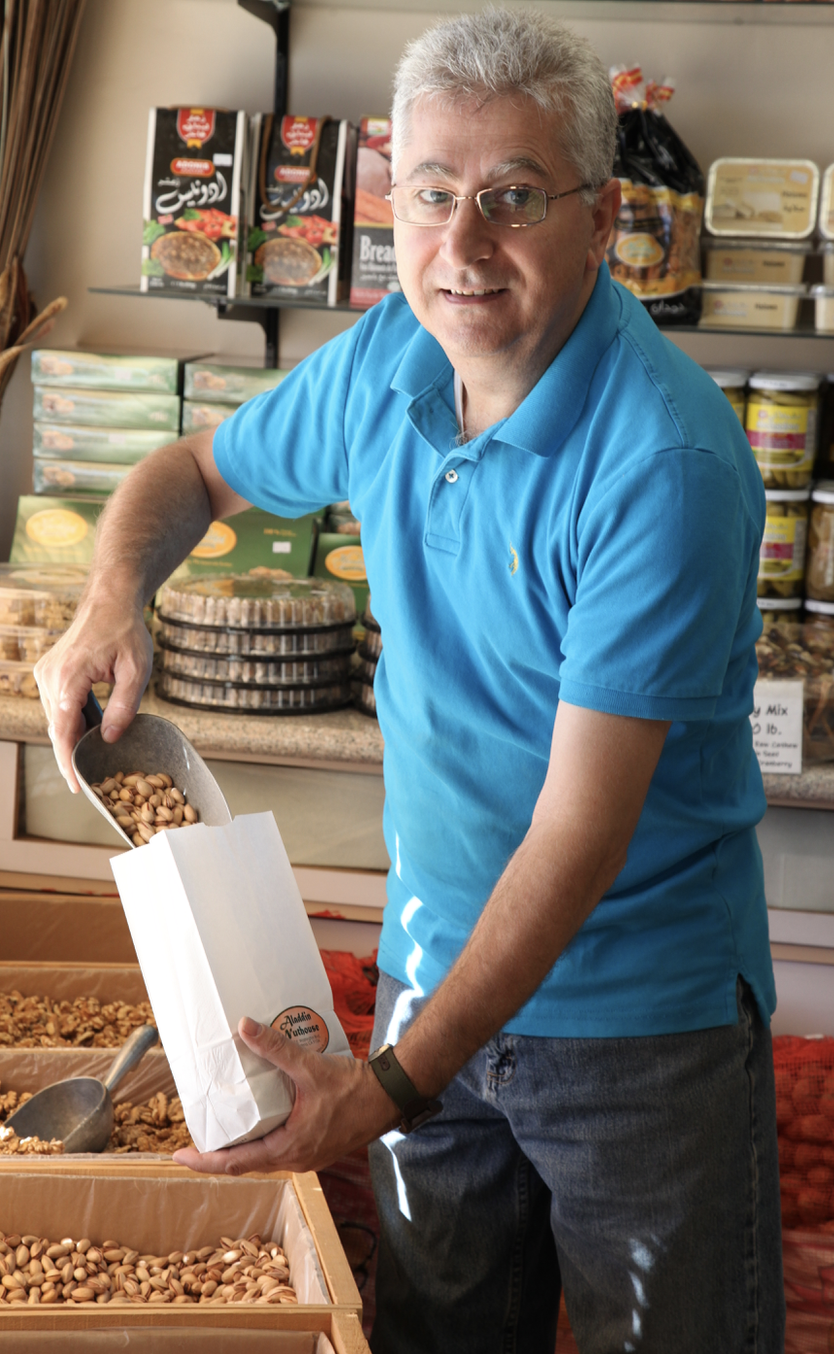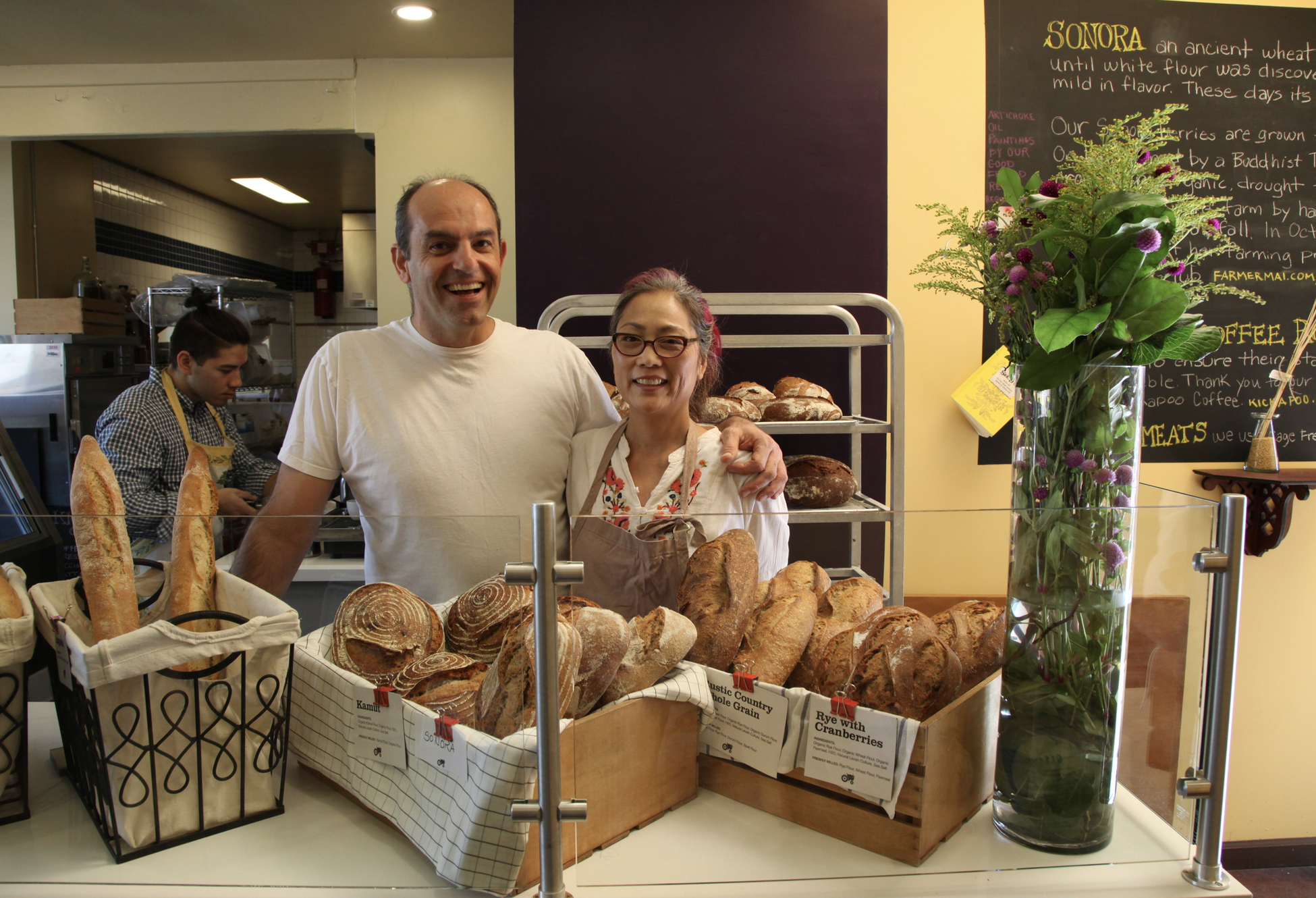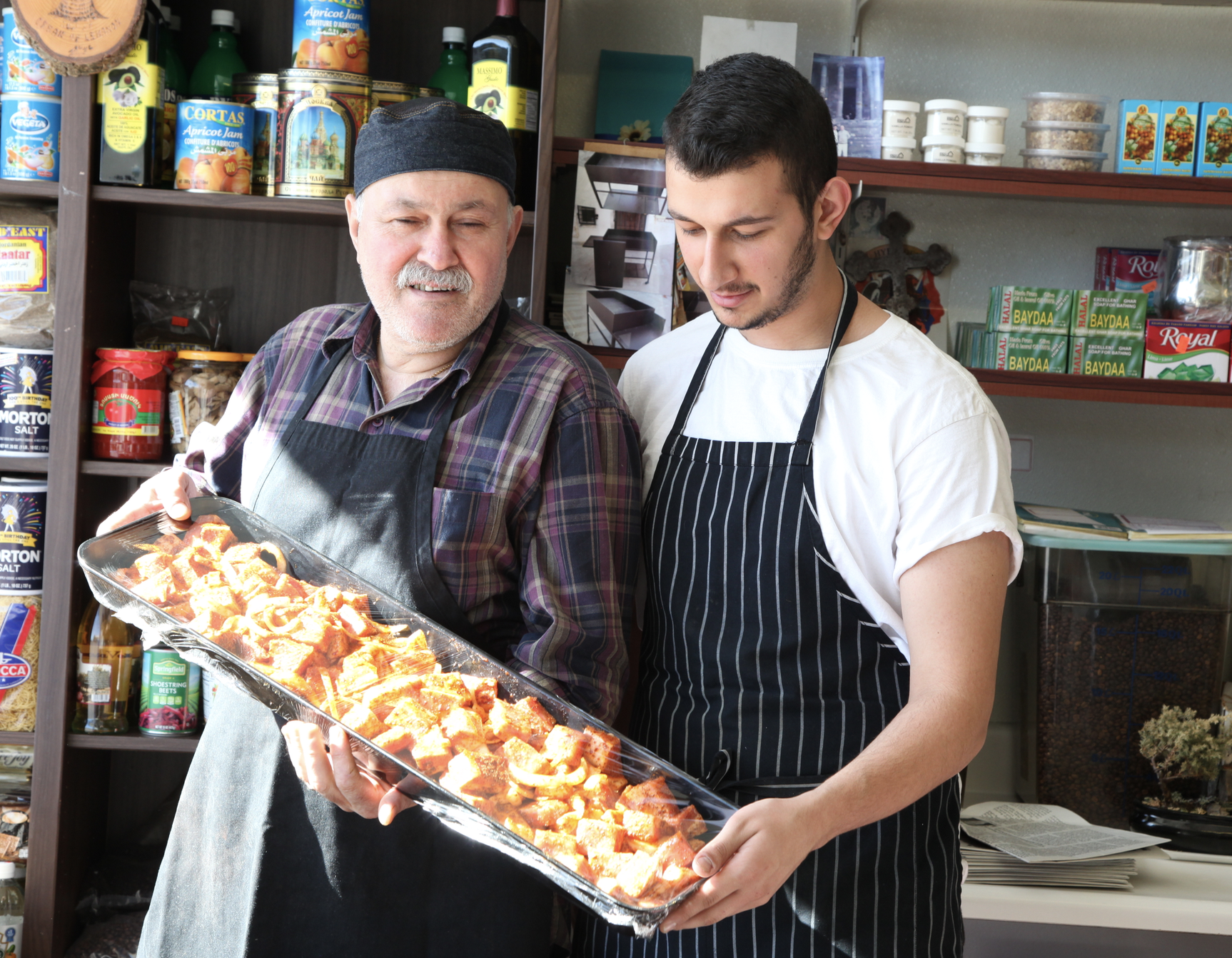While growing up in sunny California I experienced the drama of the seasons by reading the literature of places in the world where the cold forced a quasi-hibernation. In my imagined world, all outdoor work ceased other than to feed those ever present horses by holding on with one hand to a rope tied securely between home and barn while carrying a pail of oats in the other. The world turned white; everything growing was buried, but inside the cottage all was snug and dry.
Left: Heidi with the Alm Uncle; Right: Van Gogh’s The Potato Eaters
I chose to imagine an industrious scene where handwork was the order of the season. My mind’s eye summoned Heidi rather than Van Gogh’s Potato Eaters. This was the season of sweater knitting, blade sharpening, net and clothes mending, and carving--activities that ranged from maintenance to creative expression and, as I believed, kept those snug inhabitants from going stir crazy. I love the rhythm of seasonally based tasks. But here in Southern California the structure of what we do and when we do it is at times self-imposed. There are many who maintain a practice of handwork even while the sun is shining and the coldest temperature is in the high 40’s.
hand·work
ˈhan(d)wərk/
noun
1. work done with the hands.
What a broad definition! We could easily identify a bundle of sub-categories, from fine art to bean counting. For this week’s post, I winnow down the description to those that straddle creative expressiveness and utility. And within the question of utility, a whole nesting doll set of questions around efficiency and ethics.
Top right: photo by Sally Kreuger-Wyman.
Ophelia Vallecillo making masa.
Frau Fiber’s activity archive. Craft and Folk Art Museum, 2013 | Carole Frances Lung
We Can Be Stewards
Frau Fiber, seamstress and artist
Carole Frances Lung was born in San Francisco and grew up in Huntington Beach of working class parents with little resources for the kind of clothing that would allow her to fit the teen culture requirements of a fairly affluent area. So Carole took to a sewing machine at the age of 11, making most of her clothes, and in doing so, entered a lifetime of investigating the meaning and value of labor, first through the “lived experience in the fashion industry sitting behind a sewing machine for hours and having my job off-shored in the early aughts,” and now, as director of a storefront studio/hive of activity, The Institute 4 Labor Generosity and Uniforms in Long Beach, its name a tribute to the International Women’s Garment Union—the ILGWU.
The Institute and her alternative identity, Frau Fiber, grew out of Carole’s experience hosting a store front shop in graduate school at the Bauhaus University of Art and Design in Weimer, Germany. Frau Fiber and Carole, despite distances of geography and culture, represent a similar commitment to independence from consumerism. “They” host the Sewing Rebellion, a monthly participatory mend and making event where an “army” of faux fraus are inducted into the service of handwork through a series of workshops.
Frau Fiber at her sewing table with the Wheel of Wages
Carole/Frau Fiber leads with humor but finishes with something more lasting. Her more recent ventures are a series of “tailor-made” pop-up shops, where customers bring garments for altering or repair. Displayed prominently in the shop is the Wheel of Wages. With a quick spin, a customer can determine the hourly payment for the work completed, ranging from Cambodia’s 45 cents to France’s $11.03.
When a friend and I met her at her recent pop-up hosted by Santa Monica’s Camera Obscura Art Lab as an alternative to Black Friday and Cyber Monday, Frau Fiber was tackling the seam of a well-worn costume owned by one of her customers. Taking out the old seam is a labor intensive process that assures a flatter finish. The time invested in this action was certainly more costly than the garment itself. But this was not the point. Behind her, a blackboard of customer orders indicated that this performance piece had transitioned into service for the community.
Image of peach from Ted Talk by Nikiko Masumoto
Mas Masumoto, farmer and writer
I met Mas more than 10 years ago at his farm in Del Rey, California. Even more than the grand sweep of the 80 acre farm, I remember his removing peaches from the branches of the trees. It was April, when the peaches were hard, greenish-yellow in color, and the size of golf balls. In other words, not ready to be picked. All of them looked the same to me, and it seemed wasteful to lose so many. He explained that too many peaches on the branch would stress the tree and the quality of the remaining fruit. A choice had to be made: fewer peaches in order to grow exquisitely delicious fruit.
Mas Masumoto, farmer and writer
This story leads me to consider even more metaphoric and endless possibilities in Mas’ fertile mind and farm. He has taken the lessons learned from his and his family’s decision to save their fussy, hard to grow heirloom peach trees as a form of reverse engineering.
“What would it mean if I maintained these trees? What would I need to do?” The answers have been compelling and meaningful enough that Mas and Marcy’s daughter Nikiko has returned to the farm from Berkeley with a degree in Women and Gender Studies. The context of the family farm holds enormous possibilities to test her values. “If she wanted to be the most radical, she would come back to one of the most conservative, most patriarchal of cultures and start to carve out a role for herself as revolutionary.”
One such action is the farm’s Adopt-a-Tree program. It, too, began as a way to finance the much more expensive heirloom peach cultivation and harvesting and has bloomed (sorry) into a powerful method for bridging the gap between consumer and farmer. “They (the adopters) have to decide, is this the time to pick this peach? It is no longer a commodity exchange. One tree can yield 300 to 400 lbs. of fruit. And it opens the door to the whole relationship and network around food, how food is grown and shared.”
Tynesha Daniels, student and emerging poet
A final example of stewardship was engendered by a young student’s deep immersion with nature through the Children Investigate the Environment program. As I hike through Eaton and Las Flores Canyons, I am convinced I see former participants, now adults, continuing to enter nature with confidence and joy.
Never mistake motion for action.
Ernest Hemingway
And so, there is an emerging meaning of choice in how we conduct our lives. I began with the question of handwork, with its implicit and very real inefficiencies, and end with a sense that there are more reasons to do what we do than efficiency and financial gain. What does it mean to do something against the grain? What is the risk both personal and practical? There are numerous and growing examples of individuals who “reverse engineer” around values instead of finances–and in doing so understand the need to develop a larger army of stewards, rather than anonymous consumers.
For the holiday season, I promise not to lecture and hector (even though the impulse is mighty). As always, I leave you with alternative gifts for now and for the upcoming seasons of your life.
Make time for a real visit with someone who matters to you.
Tend to something that is broken.
Visit and support the many handworkers among us.
Cook with a friend. Recipes can add to your forays into handwork.
And in the summer, eat a peach that has ripened on the tree. At first glance, it may seem to cost more, but it actually does not. The taste and the delight it brings are priceless.
Photos above by Ann Cutting
The Urban Forager will be on holiday hiatus until the first of the year, busily preparing the gifts of handwork. If anyone is interested in learning to make marmalade, let me know. Till 2018.





